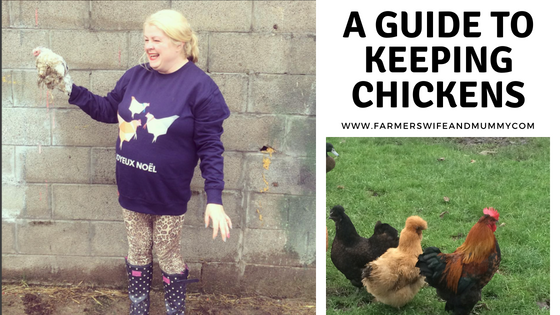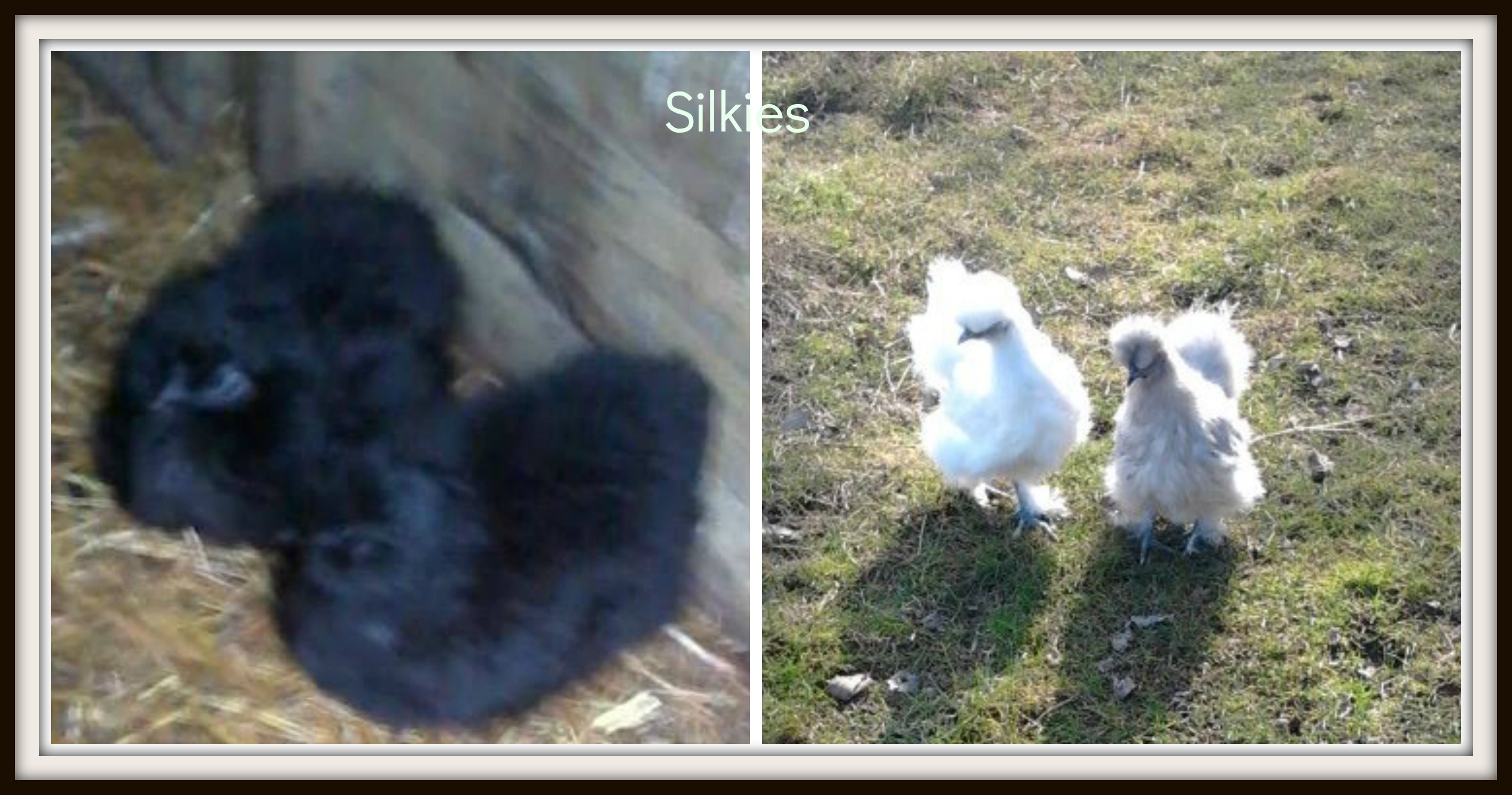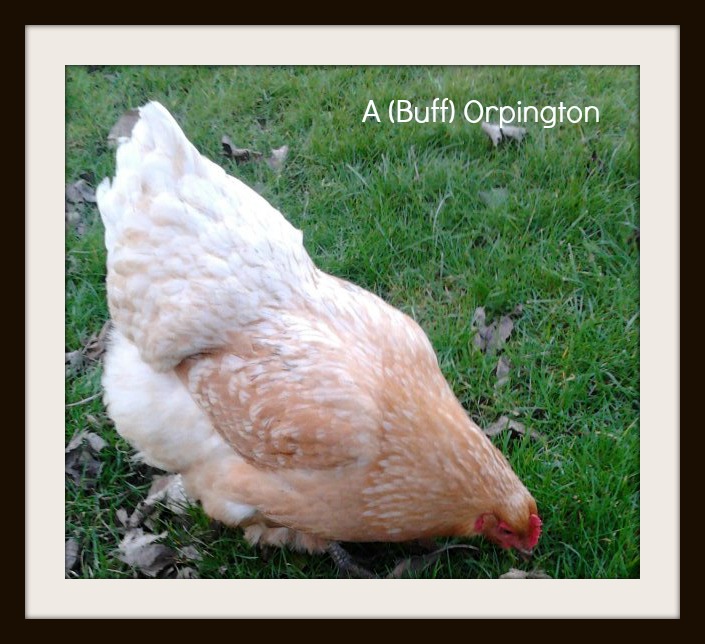A Guide To Keeping Chicken Part 3-Choosing Your Hens
The next in my series on chicken keeping is choosing the right hens for you.
I am afraid choosing chickens is like choosing everything else. It is all down to personal preference and what you want them for.
I would sit down and ask yourself this before you read on. If you just want to keep them as pets and you are not so bothered about eggs then it doesn’t really matter which breed you choose.
If eggs are you main reason for keeping them then it is a prolific egg layer that you need.
Essentially there are two types of chicken breed. Pure breeds and hybrids.
Many pure breeds are also rare breeds so you can do something nice for rare breed survival by keeping them.
Examples of pure breeds are Orpingtons, Polish, Welsummers, Wyandotte and Silkie.
Hybrids are the warrens, speckled, amber link and white star.
There are advantages and disadvantages to both. It all depends on what you want them for.
Silkies and Pekins, for example, make great pets. They are usually small are easy to tame. However they have a tendency to go broody (sit on eggs) and do not lay as much as a hybrid hen which is specifically bred for laying.
If you want a pure breed which still lays a lot of eggs, Orpingtons are a great choice. Again, they are very friendly animals and are classed as large foul because the grow quite big but the hens have large fluffy bottoms which look lovely pecking around your garden and their plumage is velvety soft.
If you re-home ex-commercial hens which is a popular choice with back garden chicken keepers or, how many fanatics start, they will be a hybrid and, most likely some sort of red warren type hen.
Despite them being no longer viable for egg laying on a large scale, they are still prolific layers and we have re-homed some aged six years old who have still laid.
After around a year, all hens moult and this usually signifies a slow down in egg production. Some hens stop laying in winter. Some don’t.
At the farm, it is usually hours of daylight that dictate egg numbers and we always notice when the clocks go forward in Spring that the numbers of eggs we collect each day increases.
As for how many you get, it is always better to get three hens rather than two. Chickens are a flop animal so one chicken would be very sad on its own. Three would ensure that if one dies, the others won’t be lonely.
Heard of pecking order? This comes from chickens. Even a flock of three has one. There is always a top hen and she will literally peck the others to keep them in line. I will go into details about introducing new birds to your flock later but beware the pecking order. It can look brutal but it is natural.
Do your Research about breed. Maybe two hybrids and two pure breeds might be an idea so you have a nice mix.
Either way, hens are the most amazing of pet. No TV will be needed once they arrive.
If you enjoyed this post then so check out Part 1 and Part 2. Next week I will be looking at the male of the species-the cockerel.





